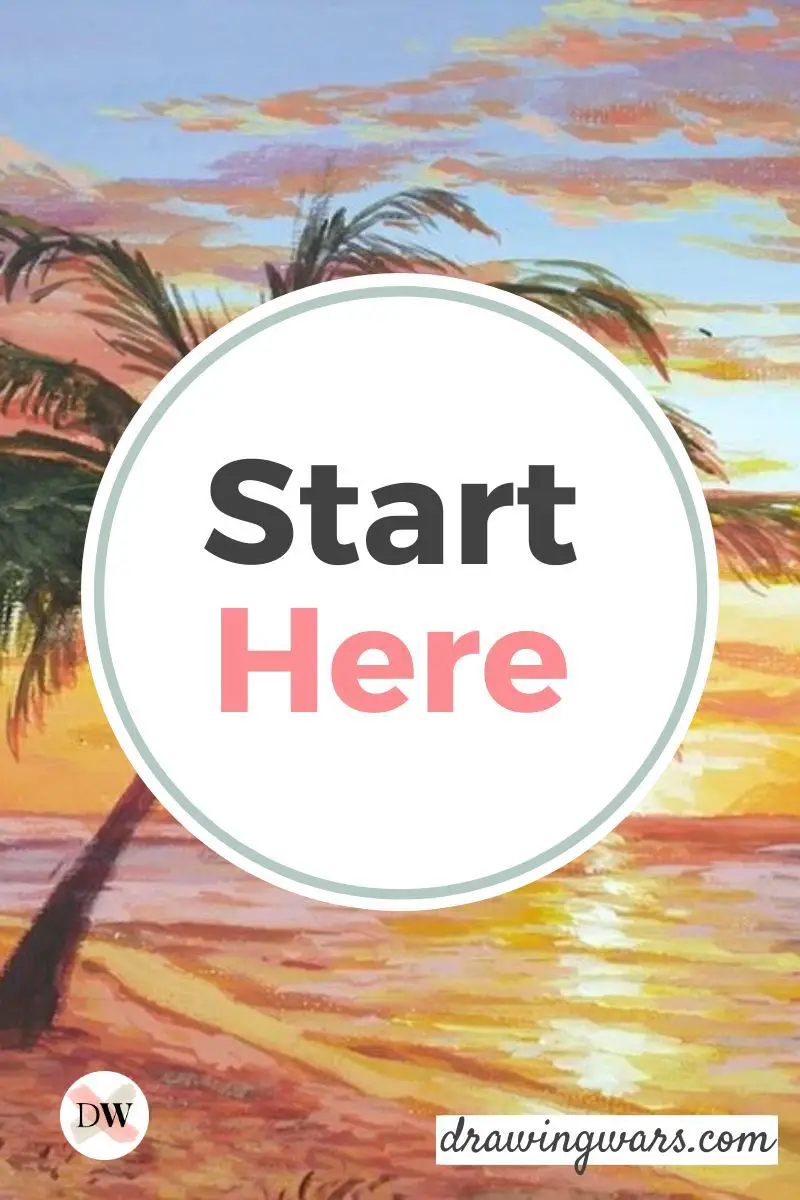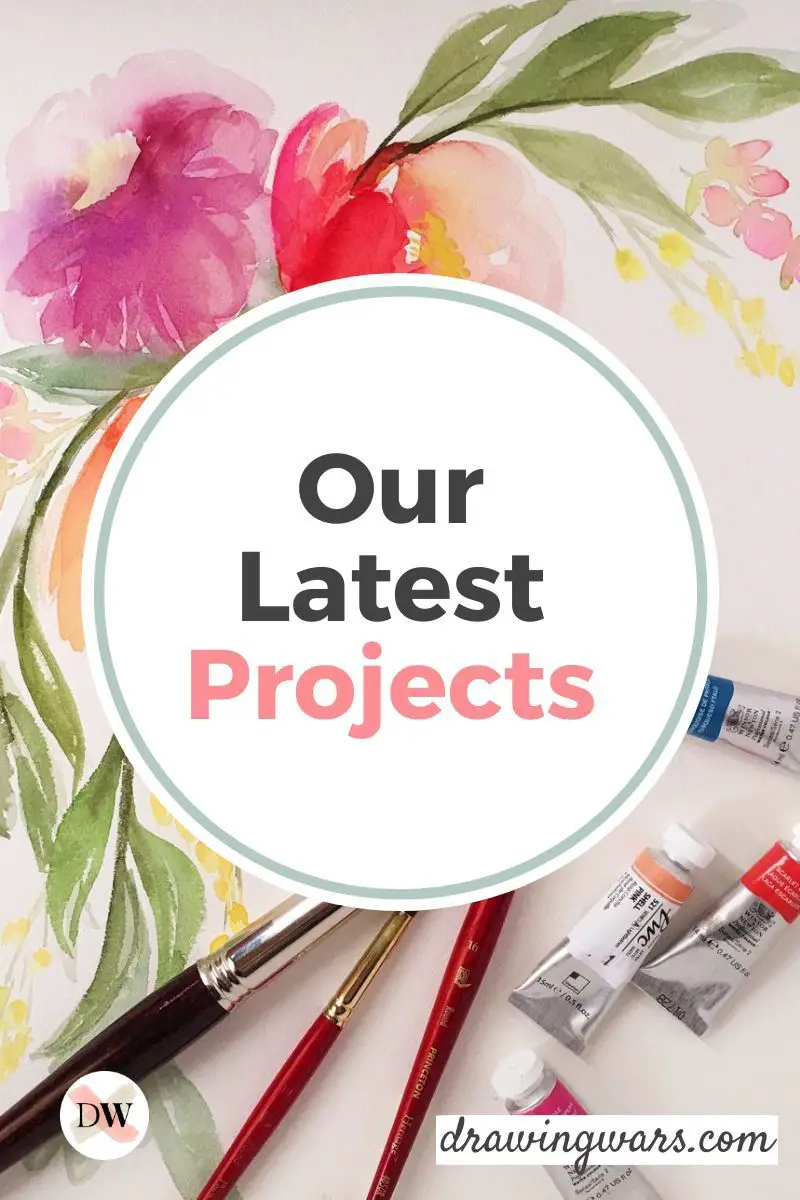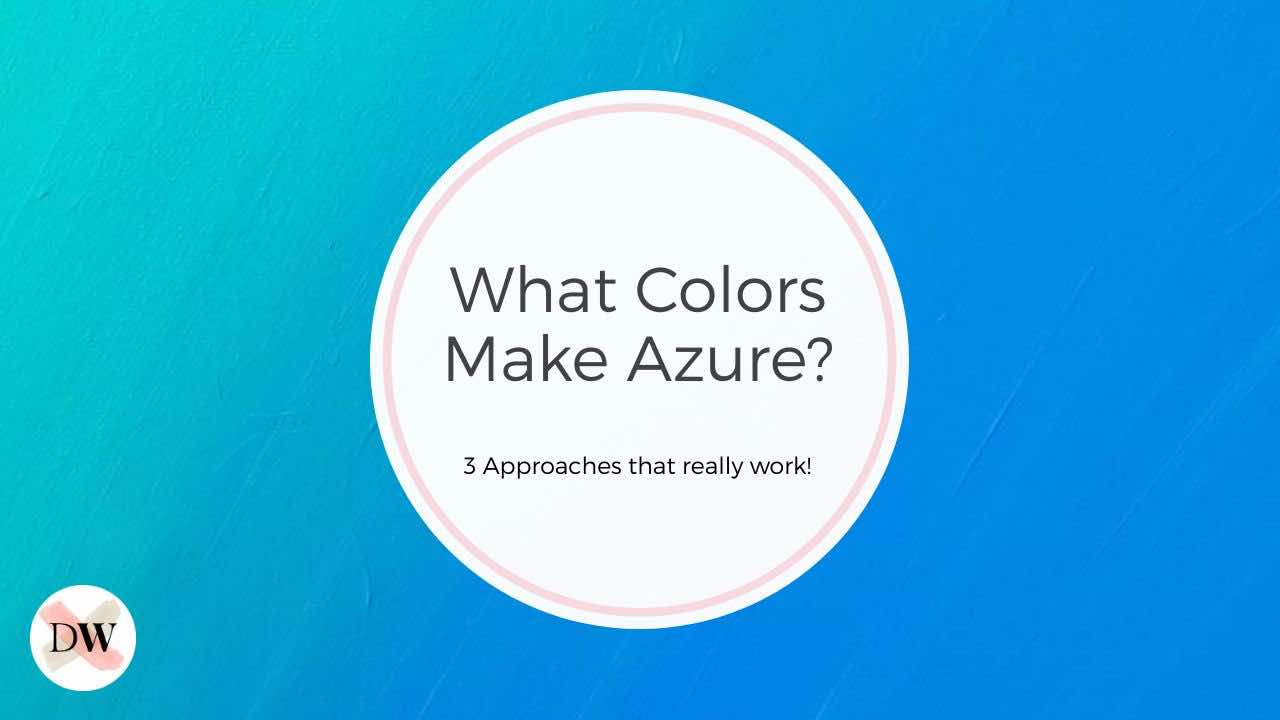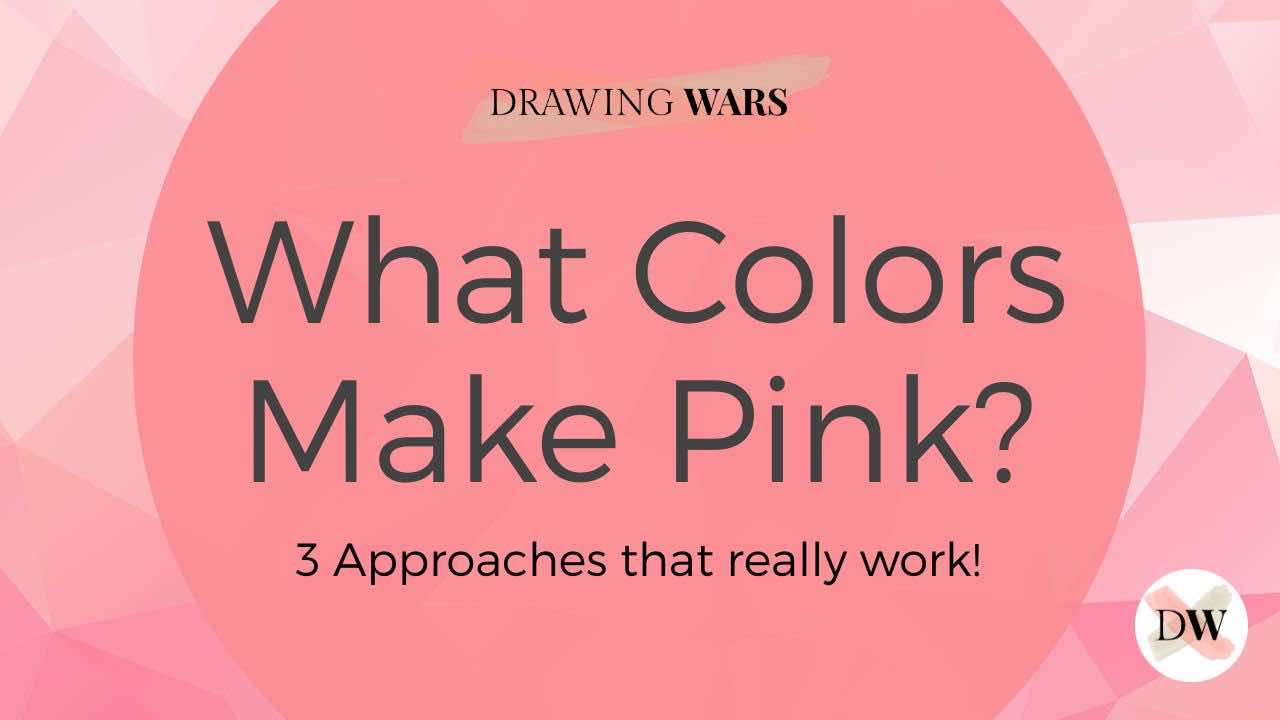
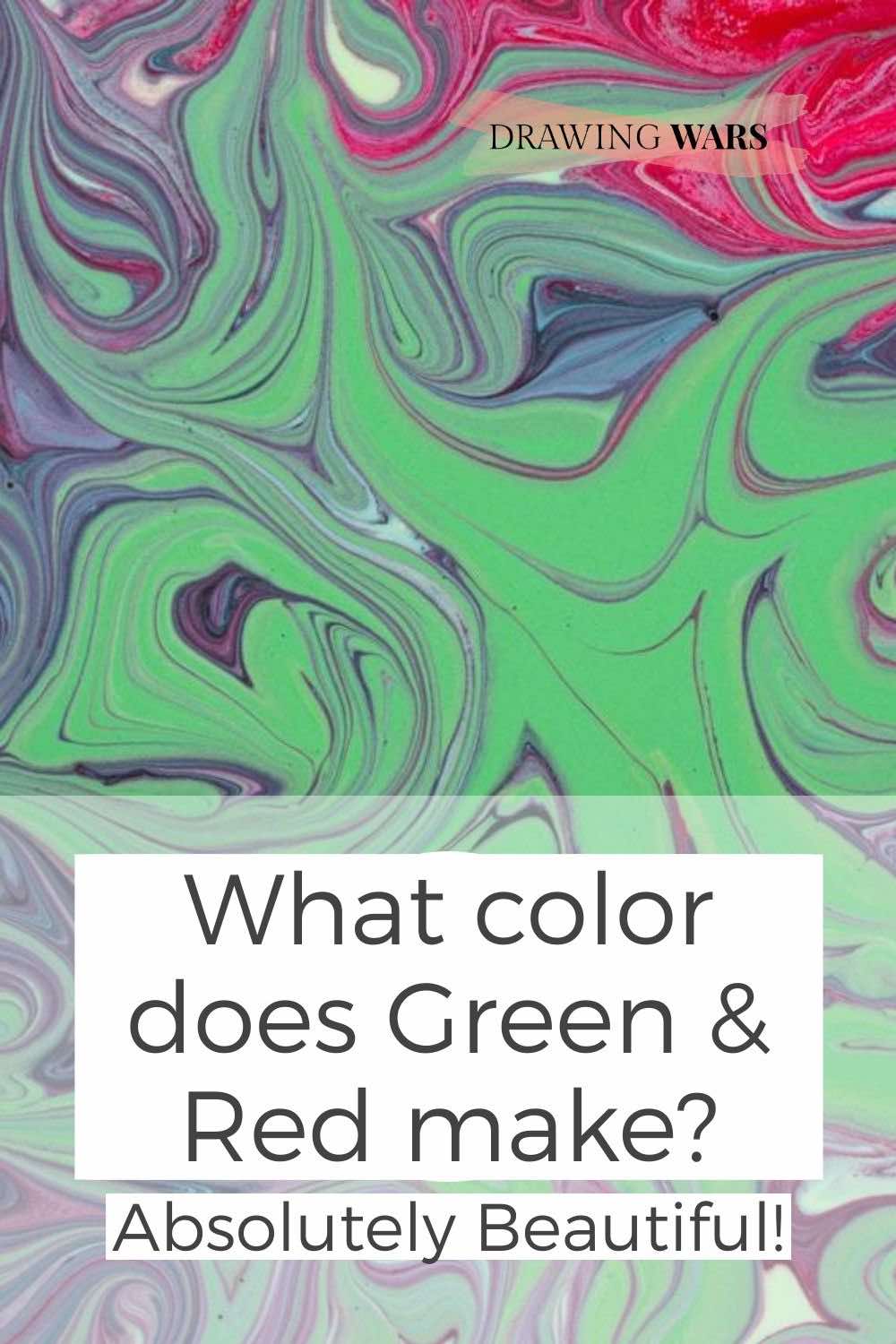
Introduction
Green and red are opposite to each other on the color wheel. And together, they look like a rose garden. But while red is warm, the green could be anything - cool or green. Regardless of all that, these two combine to make another color that reminds us all of nature!
Green and red are mixed together to create brown. In the case of warm green, the resulting brown would be warmer. And if it’s cool green, the brown would be cooler.
1. Understanding the Color Wheel and Color Theory
Since brown is a neutral color, you won’t find it directly on the color wheel!
Although green and red produce brown, it can also be made by mixing red, blue and yellow in equal amounts. Another way to make brown is by mixing complementary colors.

Where is brown on the color wheel?
On the color wheel, brown is neither in the family of cool colors, nor among the warm colors. However, you can always get it by mixing two opposite colors on both the warm and cool ends.
You can find both cool and warm greens on the color wheel. Depending on which green you use, you will get a warm brown or a slightly cooler brown. Remember that red is a warm color so it would always make brown warmer. If you want a cool brown, add cool green.
2. Creating hues of brown using Green and Red
Use different hues of red to get various browns!

With just green and red, you can create many hues of brown. Try using different shades of green and red for multiple versions of brown. The resulting brown hues can also be altered by adding white, black or tinting with other colors.
Don’t hold yourself back from experimenting with combining different hues and quantities of green and red. Try scarlet red with sap green, brilliant red with viridian, alizurin crimson with emerald green, and so on.
What happens if you add more green to the mix?
Since there are both cool and warm greens, it will depend on the green color you choose. Also if you keep adding more green, then the resulting color will be a greenish-brown.
What happens if you add more red to the mix?
Since red is inherently a warm color, only add more of it if you want a warm brown for your artwork. Warm browns can add the feeling of sunshine to any painting. They also look great along with other warm colors, yellow in particular.
3. The Color Psychology and Effects of Brown
Brown is the most valuable of all earth tones!

What does brown remind you of? Perhaps it’s the soil or the trunks of trees, but we’re sure that either way, your mind was directed toward nature. And just because of that reason, brown represents nature, stability and even strength. As is the case in nature, you could feel more calm and stable looking at one brown hue than another.
But although brown is an earthly color, it could have some negative aspects as well. Some of these psychological traits are poverty, boredom, isolation, dependability and heaviness.
4. How is brown used in painting?
As a neutral color, there are many ways to use brown in a painting!

You can use brown to tone down a highly saturated painting. Saturated colors come out too strong and hence, make it difficult for the viewer to comfortably enjoy the painting and get the message out of it. Using brown to make the colors more stable tones eliminates this discomfort. Adding brown tints to colors also make them appear more earthly and natural.
Using brown in various painting media
Acrylic paints: Prepare brown paint before you apply it to the canvas. If you want a lighter shade, add white into the brown on the palette to mix it. Using it directly on canvas can confuse you if you’re not used to painting fast as acrylic dries very quickly. Also make sure to prepare one tone or shade lighter, as acrylic paints dry darker.
Oil paints: Oil paints blend easily. It’s best to start from the darkest shades of brown and progress towards the lighter tints.
Watercolors: In this case, the best way to use brown is in the form of watercolor ink. It is very rich in pigment and also has a good flow, so it can be diluted easily.
Gouache: When creating a light tint of brown, always mix one step darker. On the other hand, when creating a darker shade of brown, make it one step lighter. This is because tints in gouache get darker after drying, whereas shades get lighter after drying.
did you know?
create an underpainting
Using oil paint, it's possible to paint over acrylics. Before starting your oil painting, you could prepare an underpainting in acrylics.
5. How is brown used in drawing?
When it comes to drawing media, brown is as classic as black.
With brown, you can create simple yet expressive drawings. In fact, brown has been used by masters for figure studies. It is light and doesn’t seem to come off the page or stun the viewer. So how can you make the most use of it in different drawing media?
Colored pencils: Essentially, two to three brown hues like sepia, umber and dark brown are enough. However, separate packs for portraits often contain many hues of brown. In colored pencils, it’s always best to start with the lighter colors first and then build up the darker layers.
Pens: Create pen strokes next to each other using multiple hues of brown. These could be in the form of small spirals, dots, lines or even criss-cross hatching.
Ink: Always dilute ink with water and start with the thinnest layer. Remember that most of the inks are permanent, so once they’re on the page, they’re hard to get off.
Markers and brush pens: For water soluble markers, you can take a bit of risk experimenting browns. But like always, it’s best to start off light and then apply the darker shades gradually. And it’s the same case with brush pens.
Oil pencils: These are drawing pencils that create solid and expressive strokes.
If you’re looking for a compact set of drawing pencils with many brown shades, you will love this tin set from Derwent .
Derwent Drawing Pencils and Accessories, Soft, Metal Tin, 6 Count (0701089), Red
This metal tin consists of 6 pencils with warm and cool browns, including ochre and white.
6. How is Brown Used in Design?
Security and reliability is the second name for brown!

If you want something to look more natural, add a bit of brown element to it. It is one of the best neutrals to use along with saturated colors. This is because white or black are too sharp and straightforward, but brown is balanced in tone.
- When using only brown, think in terms of the color of wood for diversity.
- If you can’t use actual wood, use various paints of hues and shades of brown.
- If you have extremely small spaces, adding brown can make them look bigger and less jammed or crowded.
Conclusion
So by mixing green and red, you get a lovely brown. Whether it’s warm or cool, you can tweak that a bit by deciding on what type of green to mix (cool or warm). In paintings, drawings and design, brown is utilized best when it is kept for toning down the surrounding colors and relaxing the environment. Brown represents stability and nature, so wherever you feel a lack of some wood and greenery, you should go with brown!
If you want to learn more about color mixing, read this post about the color created by mixing blue and purple !
What color does Purple & Blue make? Absolutely Beautiful!
If you're a fan of cool colors, then blue and purple must be on your list of favorites. But what happens when you mix these two colors?

By Jimena & Iñigo
The Navarro-Rubios
My husband and I are learning how to draw and paint. We wanted to share this learning process with the world and have fun! That's why we created this blog. We'll have drawing contests every week and you'll decide who won that week! Follow along and learn with us!

Jimena & Iñigo
The Navarro-Rubios
My husband and I are learning how to draw and paint. We wanted to share this learning process with the world and have fun! That's why we created this blog. We'll have drawing contests every week and you'll decide who won that week! Follow along and learn with us!


